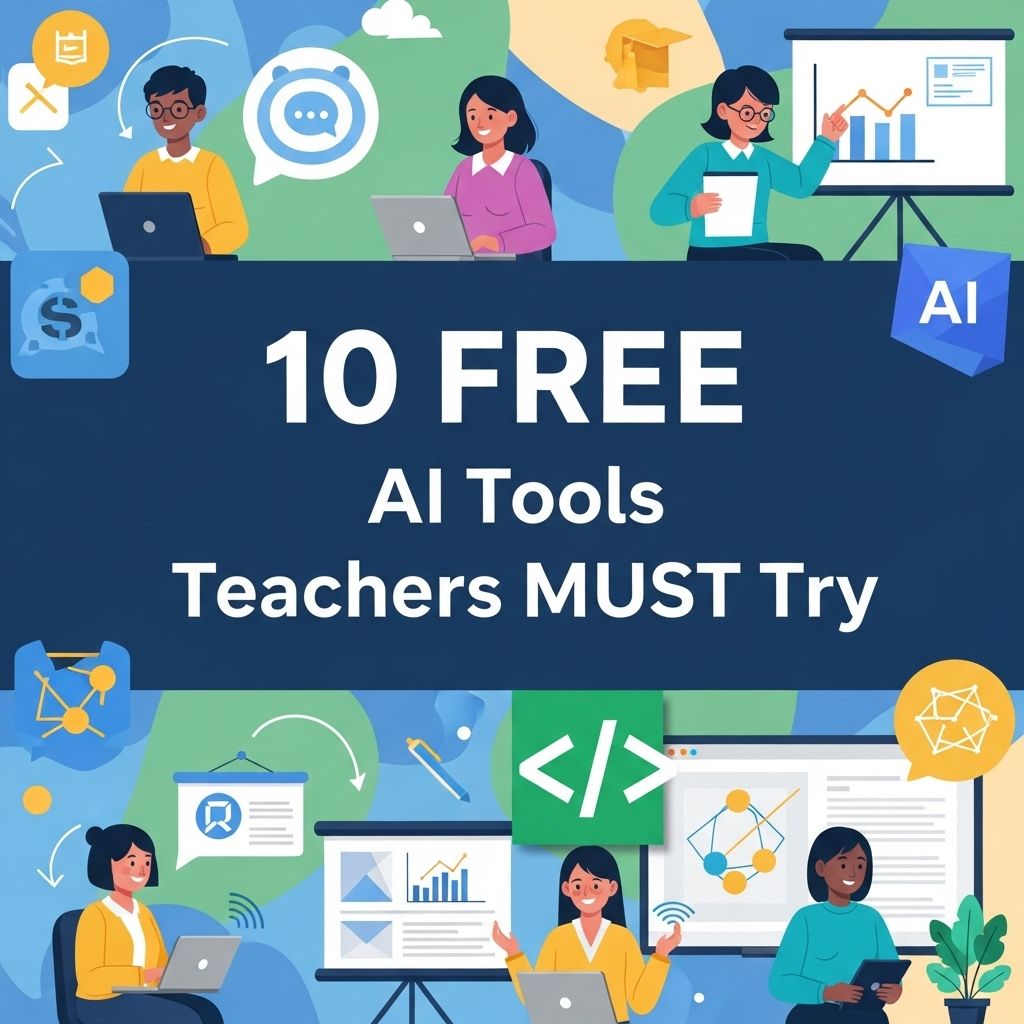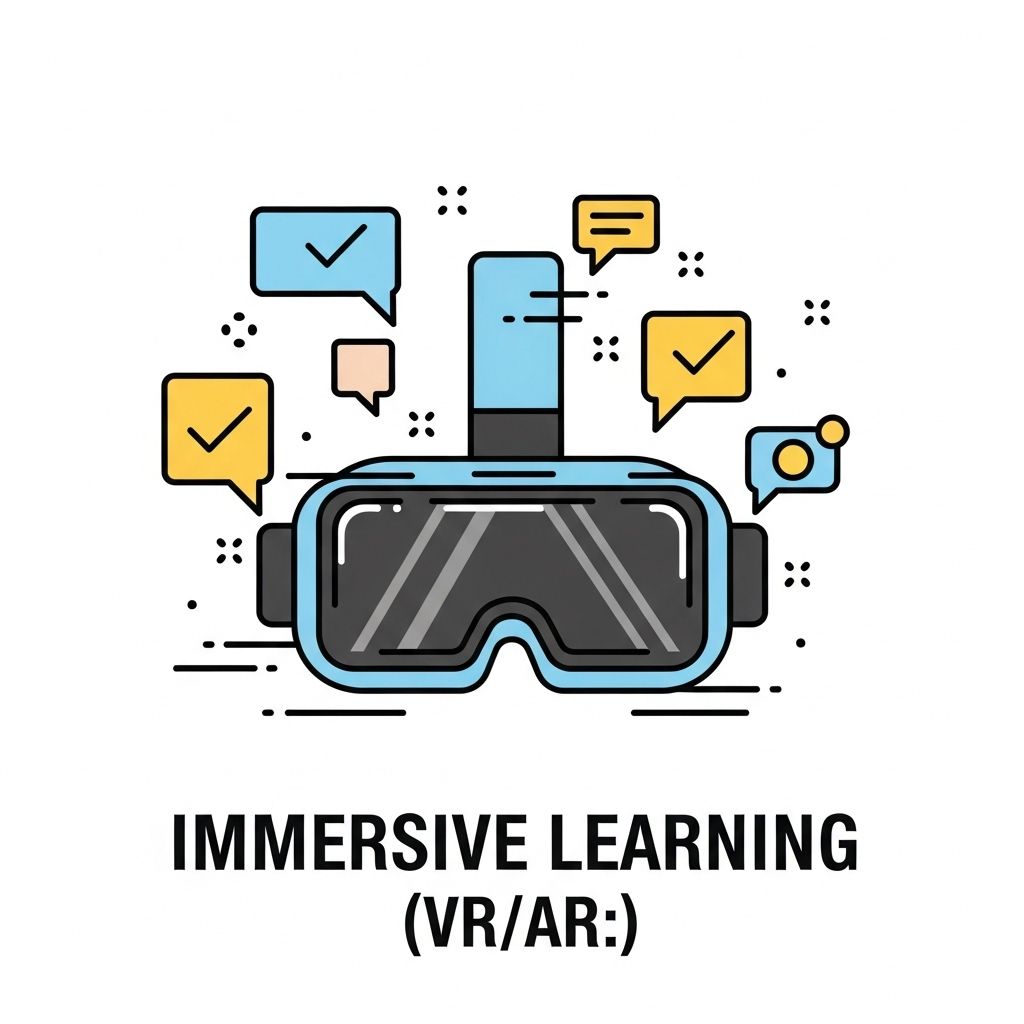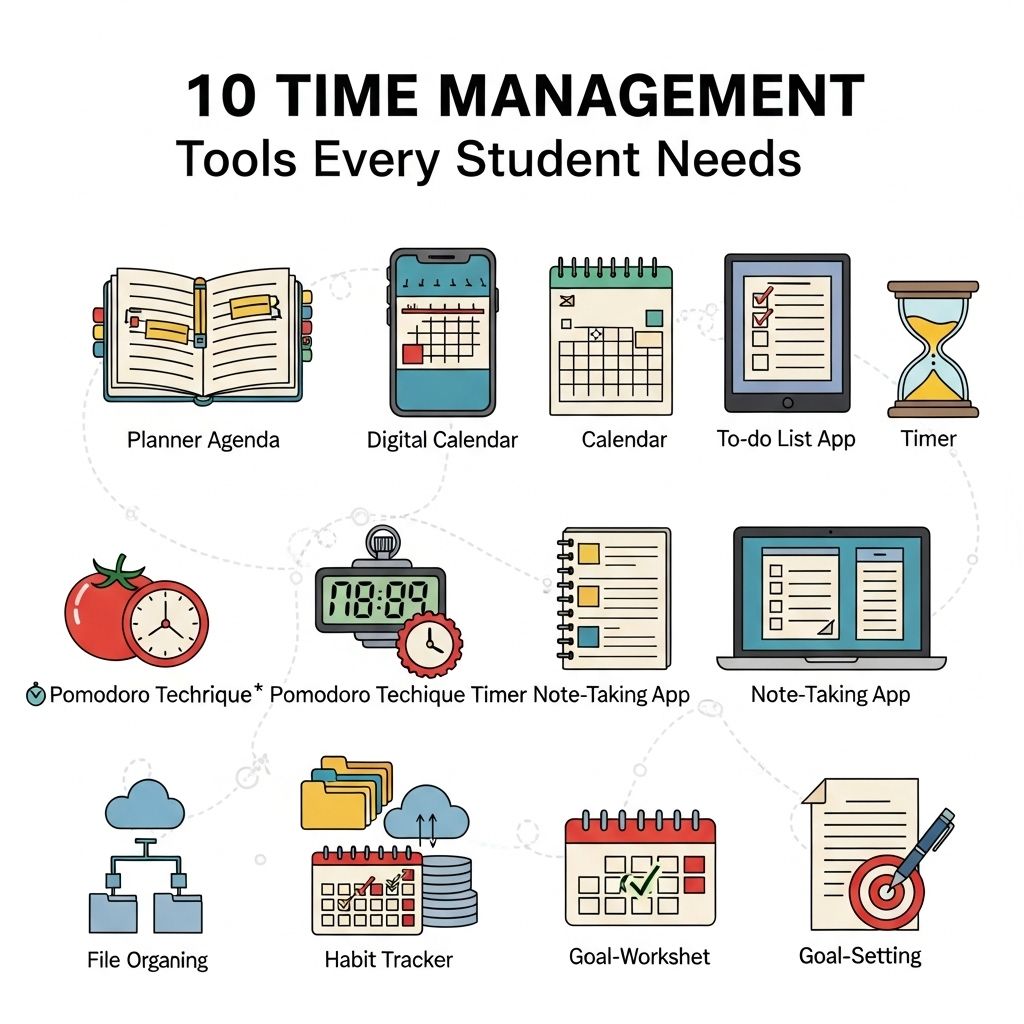In the rapidly evolving landscape of education, technology plays a pivotal role in enhancing teaching and learning experiences. Educators are constantly seeking innovative tools to streamline their teaching processes, engage students, and cultivate an interactive learning environment. Artificial Intelligence (AI) has emerged as a powerful ally in this endeavor, offering a variety of free tools that can significantly benefit teachers and students alike. This article explores ten essential free AI tools that educators should incorporate into their teaching toolkit.
1. Grammarly: Your Writing Assistant
Grammarly is a widely used AI-powered writing assistant that helps users by offering grammar, punctuation, and style suggestions. This tool is particularly beneficial for teachers who want to provide instant feedback on student writing.
Key Features:
- Real-time grammar and spell-check
- Style and tone suggestions
- Plagiarism detection
Grammarly’s free version is an excellent option for educators looking to enhance their students’ writing skills, encouraging clearer communication.
2. Quizlet: Interactive Learning Tools
Quizlet allows teachers to create digital flashcards, quizzes, and interactive games that make studying fun. With its AI-driven features, Quizlet adapts to students’ learning speeds, helping them master subjects more effectively.
Benefits of Using Quizlet:
- User-friendly interface for creating study materials
- Wide variety of learning modes, including games and quizzes
- Access to millions of pre-made study sets
Quizlet’s versatility makes it a must-have for any teacher’s toolkit.
3. Khan Academy: Personalized Learning at Scale
Khan Academy is a free educational platform that provides a wide range of lessons and exercises in subjects like math, science, and humanities. Its AI algorithms personalize the learning experience, adapting content to individual student needs.
Features:
- Customizable dashboard for tracking student progress
- Extensive library of instructional videos
- Interactive practice exercises
This tool empowers teachers to provide tailored support to each student, ensuring they grasp complex concepts.
4. Google Classroom: Centralized Learning Management
Google Classroom is an invaluable tool for educators, allowing them to create, distribute, and grade assignments efficiently. The integration of AI helps streamline administrative tasks, making it easier for teachers to focus on instruction.
Advantages of Google Classroom:
| Feature | Description |
|---|---|
| Assignment Management | Create and distribute assignments with ease. |
| Collaboration | Facilitate communication between teachers and students. |
| Integration | Compatible with Google Drive and other Google services. |
By centralizing classroom activities, Google Classroom fosters an organized and productive learning environment.
5. Edpuzzle: Engaging Video Lessons
Edpuzzle is an innovative tool that allows teachers to create interactive video lessons by embedding questions and notes into existing videos. This engagement method helps maintain student interest and enhances comprehension.
How Edpuzzle Works:
- Choose from a library of educational videos
- Add your voiceover or notes
- Assess students’ understanding through embedded questions
With Edpuzzle, teachers can transform passive video watching into an active learning experience.
6. Canva: Designing Educational Content
Canva is a graphic design tool that offers a plethora of templates, images, and design elements. Teachers can utilize Canva to create visually appealing presentations, infographics, and educational materials without requiring extensive design skills.
Features of Canva for Education:
- Access to thousands of templates
- Collaboration features for group projects
- Easy sharing options
Canva’s user-friendly interface empowers teachers to design professional-looking content that captivates students.
7. ClassDojo: Building Classroom Community
ClassDojo is a classroom management tool that helps foster a positive environment by allowing teachers to reward students for good behavior. It also facilitates communication with parents, making it an excellent resource for building a school community.
Benefits of Using ClassDojo:
- Real-time feedback on student behavior
- Communication platform for teachers and parents
- Customizable student portfolios
This tool promotes student engagement and accountability while keeping parents informed.
8. Socrative: Instant Feedback and Assessment
Socrative is an assessment tool that allows teachers to create quizzes and polls in real time. Using this tool, instructors can gain immediate insights into student understanding, enabling them to adjust instruction on the fly.
Key Features:
- Quick quizzes for instant feedback
- Space race game for competitive learning
- Data analysis tools to track performance
Socrative’s ability to provide instant assessments makes it an essential tool for fostering responsive teaching.
9. Nearpod: Interactive Lessons
Nearpod enhances the learning experience by offering interactive lessons that allow teachers to engage with students through quizzes, polls, and even virtual reality experiences. This tool promotes active participation and collaboration.
Why Use Nearpod?
- Interactive lessons to keep students engaged
- Access to a library of pre-made lessons
- Real-time feedback and analytics
Nearpod’s interactive features transform traditional lessons into dynamic learning opportunities.
10. Microsoft Teams: Collaboration and Communication
Microsoft Teams is more than just a communication tool; it serves as a platform for collaboration among teachers and students. The integration of AI helps streamline communications and organize workflows effectively.
Features:
| Feature | Description |
|---|---|
| Chat and Messaging | Instant communication and feedback. |
| File Sharing | Easy access to documents and resources. |
| Integration with Office 365 | Seamless access to Word, Excel, and PowerPoint. |
Microsoft Teams fosters a collaborative environment that supports remote and in-person learning.
Conclusion
The incorporation of AI tools in the educational landscape is revolutionizing the way teachers approach instruction and student engagement. By leveraging these ten free AI tools, educators can enhance their teaching practices, streamline administrative tasks, and foster an inclusive and dynamic learning environment. As technology continues to evolve, it is essential for teachers to stay informed about the latest tools and integrate them into their classrooms to prepare students for a future driven by innovation.
FAQ
What are the best free AI tools for teachers?
Some of the best free AI tools for teachers include Google Classroom, Canva for Education, Grammarly, Quizlet, and Kahoot.
How can AI tools enhance teaching and learning?
AI tools can enhance teaching and learning by providing personalized learning experiences, automating administrative tasks, and offering interactive learning resources.
Are there AI tools specifically designed for lesson planning?
Yes, tools like LessonUp and Planboard utilize AI to assist teachers in creating effective lesson plans and organizing their curriculum.
Can AI tools help with student assessment?
Absolutely! AI tools like Edpuzzle and Turnitin can help teachers assess student understanding through interactive quizzes and plagiarism detection.
How do I choose the right AI tool for my classroom?
Consider factors such as ease of use, compatibility with existing systems, specific educational needs, and feedback from other educators when choosing an AI tool.




